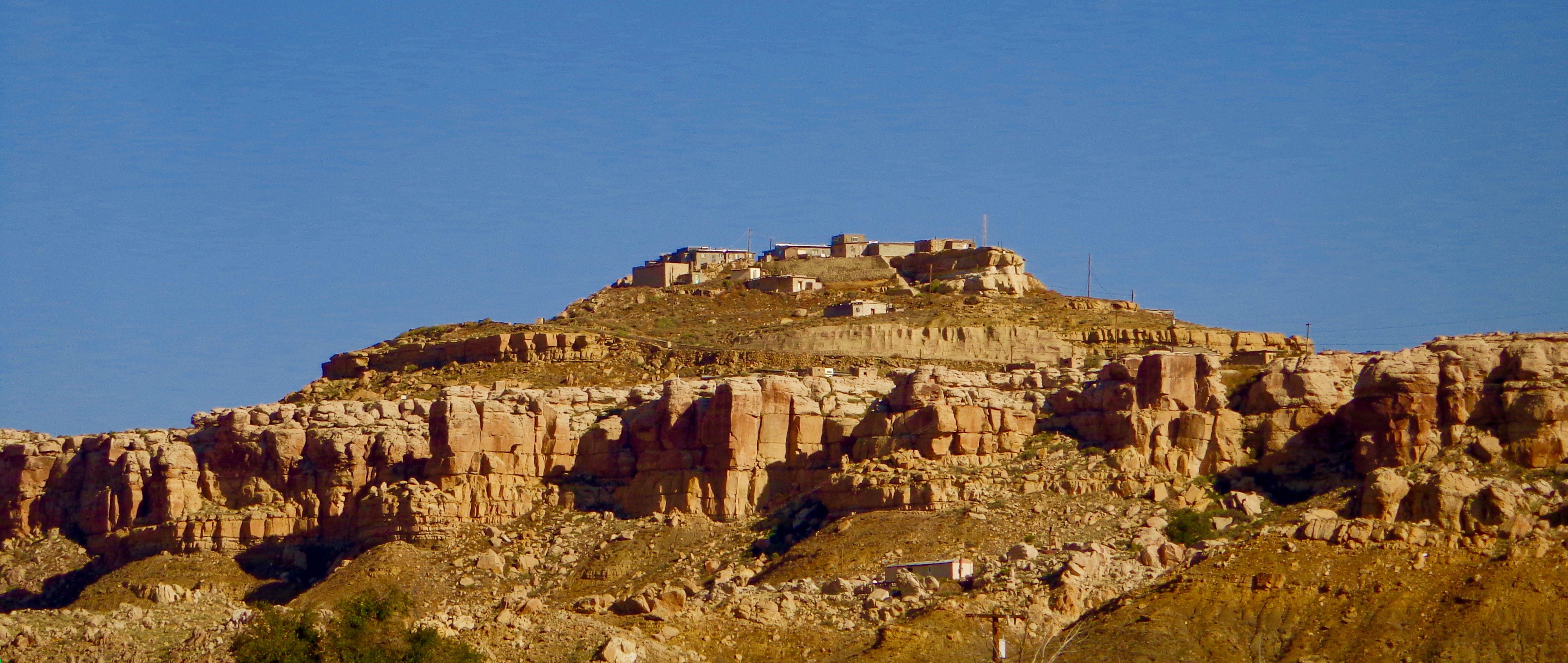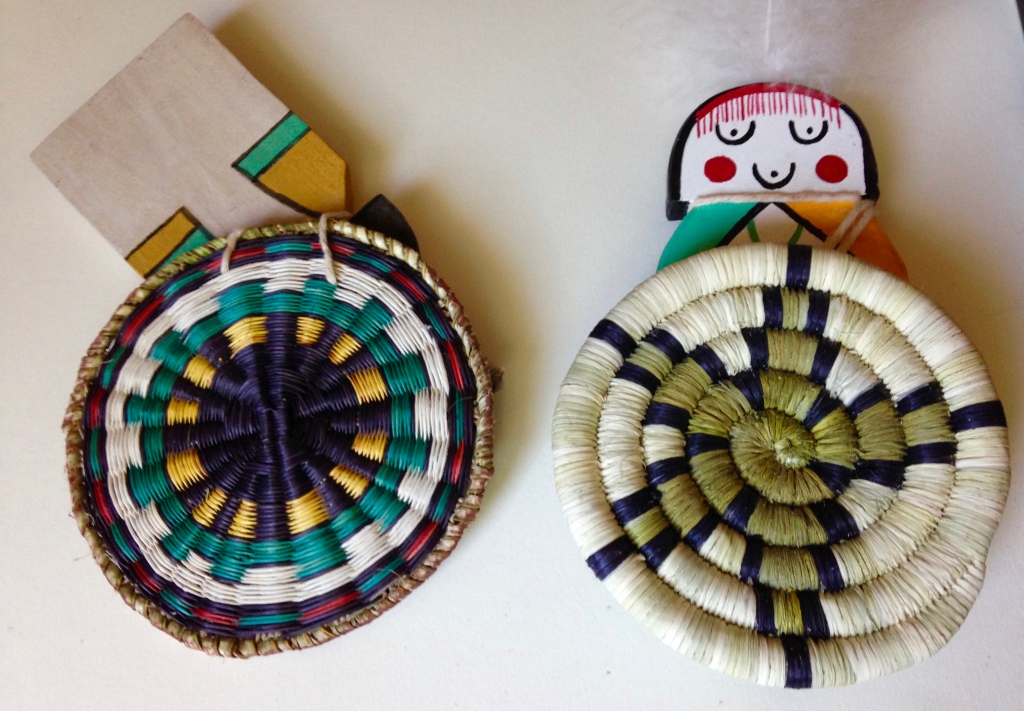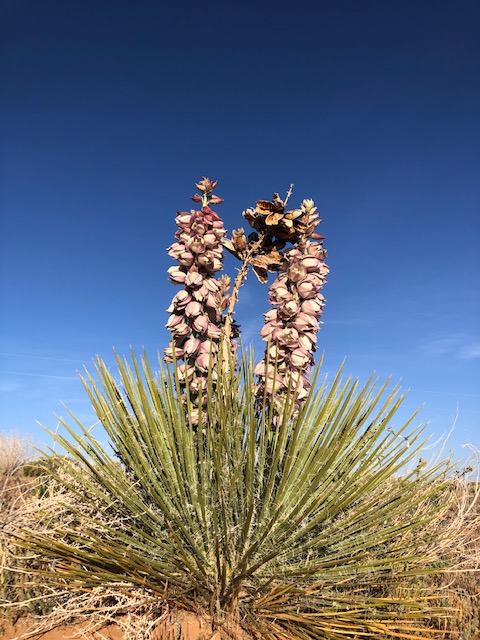Paaqavi Incorporated
Hopi Life Ways and Culture

Waa’ Ki – Hidden Spaces

Indian Country held our collective breath. “On June 15, 2023 The United States Supreme Court issued an opinion in the Haaland v. Brackeen case. The litigation involving three foster families, the State of Texas, four intervening Indian tribes and countless amici (including the Hopi Tribe) came to an end after nearly seven years. The Court’s holdings implicate the Indian Child Welfare Act as good law.”
“The Indian Child Welfare Act is a civil rights statute designed to remedy the mass removal of American Indian children from their homes by states, religious organizations, and other private parties for placement in foster care or adoption, almost always without a modicum of due process. In the middle part of the 20th century, about one-third of all Native children had been removed and placed with non-Indian homes.” Matthew Fletcher, Turtle Talk
The untold story of stealing generations of Indian children across the US and Canada is slowly being revealed. It is the truth. Here is oral evidence of hidden spaces told to me by my Hopi maternal grandmother who was born in the late 1800’s. She had an encyclopedic memory and was an animated oral storyteller of daily life that her family lived in the Village of Orayvi at the turn of the century.
“Early in the morning before I was able to open my eyes, my father told me to be quiet and quickly pulled me from my sheepskin pallet and motioned to follow him. We quickly walked north from the village joining other men and children. As a child, I understood the danger we were in as the “solawa” was on the way to round up the children. If caught, we would be taken from the arms of our mothers, never to return.
We were taken to the “waa ki”, hidden spaces that were hard to see and find. Only our fathers, uncles and grandfathers knew where these places were. The children were handed shoulder over head to high caves along the north cliff faces. Several children could fit into these caves. We were told not to come out or make noise at all.
Being children, we overcame our fear and played games quietly. We ate the little amount of food that was left with us and waited… and waited. We did not know if the men would return. The waa ki was so well hidden that the “solawa” was never able to find us. So this is how we were never taken from our families and villages. Others were not so lucky.” Paaqapngym Hopi Elder
My 100+ year old grandmother never overcame her distrust of the anglo race, “pahana”. She would lock her door and hide us whenever an anglo or missionary came to her door.
This is truth. This happened. This is still happening to indigenous children worldwide today.
Author: MFredericks, 2023
“Yung ya pu” Hopi Basketry Collection

The Hopi word for Third Mesa Basketry is “Yung ya pu”, a handcraft tradition that is indigenous to the Americas.
The Hopi Cultural Preservation Office website is a good reference for a history of the Yungyapu Basket Weaving tradition by Hopi women who carry on this indigenous knowledge of basketry, the oldest craft from the Basket Maker Period of 100 to 500 AD. These ancestors were the “moti senom”, the first people.
Yungyapu, the twining basketry knowledge predates pottery. Isomeric design originated in pre-ceramics Pueblo culture — in the weaving of yucca-strip sifter baskets. Around 1000 CE, isomeric patterning arose as an innovation. Ortman observed, “A creative weaver noticed that if you play around with the skipping pattern in the plaiting process, you can create these complimentary figure-ground designs. Pueblo people really ran with that realization and elaborated on, or seized upon, the phenomenon as an expression of something deeper.”
Red, yellow, white and black are the basic yungyapu colors. Red comes from a variety of plants. Black from sunflower seeds. Yellow from a tea we call hohoisi. White from kaolin clay.
The symbolism and tradition in Hopi yungyapu designs link each unique handmade yungyapu to other parts of Hopi life, past and present. All traditional yungyapu designs have a name, meaning and purpose.
The small yungyapu are gifted from the katsinas. The medium yungyapu are gifted to males for their services as dance partners in the summer social dances as part of the female dance partner’s payback. The larger yungyapu were prizes earned by males during the ceremonial footraces that take place throughout the year.
Think about how the right and left brain operates to bring out the antiquity of designs in the minds of Hopi women today. The weaver thinks about shape, form, mathematical calculations to form an unseen visual. She thinks about her responsibility or contribution to a ceremony and cultural standards, beliefs and purpose for each yungyapu.
One researcher said, “A basket maker must command almost encyclopedic botanical information”. This knowledge comes from the beginning time and is our birthright.
Hopi Basket Weaving Techniques
There are three basic types of Hopi Basket Weaving techniques.
- Tsa’yan pi. Utility baskets made of plaited yucca straps.
- Yungyapu, basketry using a twining technique of dyed rabbit brush and a rib foundation of dune brush twigs.
- Poo ta, A bundle of wild grass as a foundation and yucca in a coiling technique.
Each technique calls for certain basic plant materials. Yungyapu, the Third Mesa basketry are made from sivaapi (rabbit brush) and sii wi (dune brush) with a yucca strip finish.
All materials are gathered from the natural vegetation in northern Arizona. We have been in a long drought period so many of the natural fiber materials have dried up and harvesting has been sparse for the past few years.
Different types of yungyapu have unique uses, such as utilitarian carrying plaques, trays, bowls, sifters, and serving a variety of everyday and ceremonial functions.
Bowls, deep form baskets such as burden baskets, are woven by using coiling or twilled techniques. The burden baskets, woven by men were used to haul loads on the back of a person or animal. Peach baskets were commonly used to carry fruit up the mesas.
There is a conservative continuation of traditional patterns with no radical or extreme departures from ancestral tradition. Weavers do not alter the basic designs that came with the Hopi clans from the beginning time. There are traditional boundaries that we observe even today.

A full length lecture and demonstration of this family collection is available for presentation by interested parties. Contact paaqaviinc@gmail.com
Reserved rights: MFredericks, 2023
See Hopi Homelands
Photo Credits: MFredericks, 2023
Hopi Moon Calendar

Photo by Rick Ruess
The Hopi lunar cycles mark new beginnings. This moon marks the start of our cyclic Hopi Life Plan. Look outside and see the new Hopi moon, we call “Paa muya”. This signals the ceremony of “Soyal” – new life. Prayers are petitioned for a renewal of all life.
With the waxing and waning of the moons, we celebrate this new Hopi Year and thankfulness in surviving challenges that our ancestors have also experienced.
In this post-pandemic year, we will bring you information from our little corner of this Fourth World.
Thank You for your interest in our website: paaqaviinc.org




